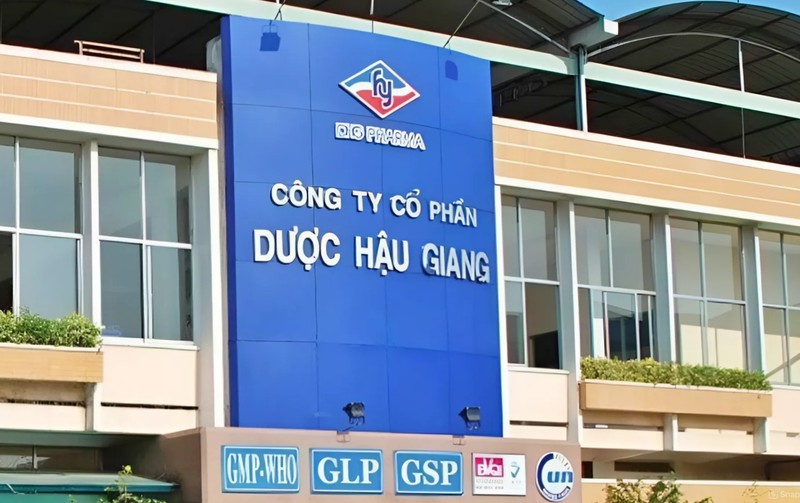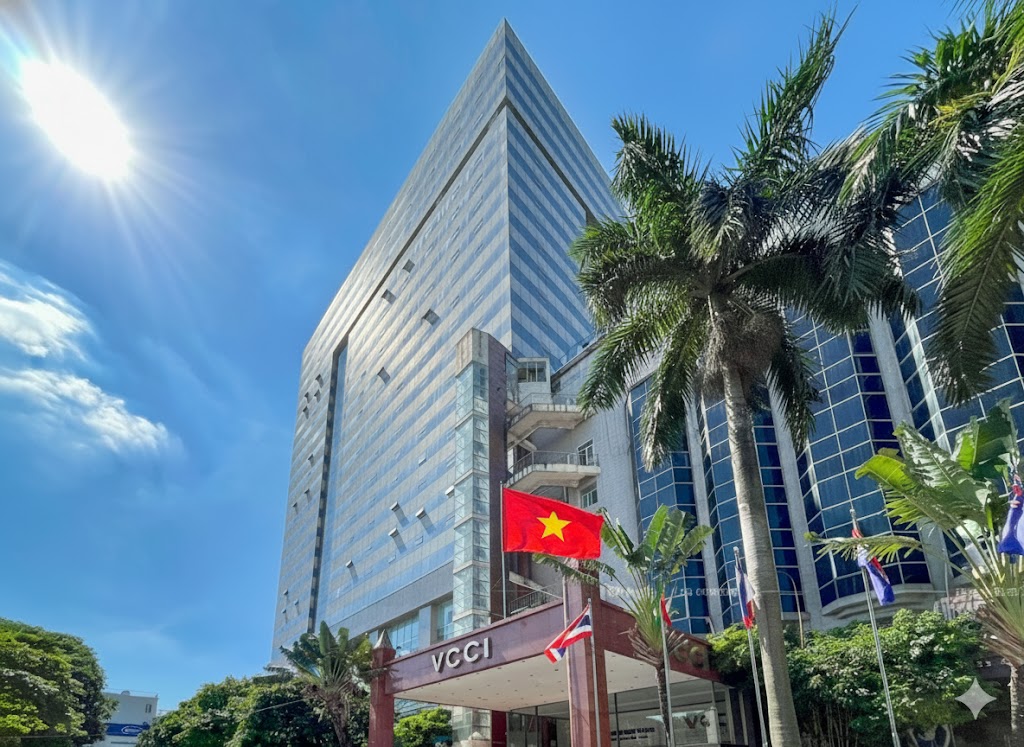DHG faces a headwind from intensified competition
After years of reigning as the pharmaceutical industry leader, DHG Pharmaceutical JSC (HoSE: DHG) has reported a downturn since coming under Japanese ownership.

In 2024, DHG recorded revenue of nearly VND 4.9 trillion, a 3% drop year-on-year. Pre-tax and post-tax profits fell sharply by 22% and 26%, reaching VND 904 billion and VND 779 billion respectively. According to the targets approved at the 2024 Annual General Meeting of Shareholders, DHG achieved 94% of its revenue goal and only 72% of its pre-tax profit target.
Mounting Headwinds
DHG attributed its weakened performance to tightened consumer spending amid economic challenges, leading to lower demand. Additionally, financial income declined due to falling deposit interest rates. Notably, the company made an additional provision of nearly VND 21 billion for global tax obligations—related to supplementary corporate income tax under anti-base erosion rules. This marks a significant shift in the business environment for companies like DHG, which has been majority-owned (over 51%) by Taisho Pharmaceutical Co., Ltd. since May 2019.
Nevertheless, DHG’s core market remains Vietnam, accounting for 82% of its total revenue. Exports contribute 3%, with the remaining 13% from other segments. Within the domestic market, DHG faces stiff competition from both local and imported products across all sales channels—particularly the pharmacy channel, which is the company’s main revenue driver. Vietnam’s plan to impose a 0% import tariff on U.S. goods may further intensify pressure on DHG and similar firms.
Like many Vietnamese pharmaceutical companies—who import 80–90% of their raw materials and mainly produce generics (an area where DHG leads the market)—DHG has not yet achieved material self-sufficiency. The company has admitted it is still focused on developing generic drugs and off-patent formulations, while investing little in new ingredients or novel drug formulations, largely due to the underdeveloped supporting industry in Vietnam. This makes the company vulnerable to fluctuations in exchange rates and supply chain disruptions.
Furthermore, dependence on imported materials and exchange rate volatility may cause Vietnam’s drug production costs to be 20–25% higher than in China or India, limiting price competitiveness. In terms of tax risks, DHG’s 2025 business plan includes expanding into export markets. However, the potential imposition of a 25% U.S. tariff on pharmaceuticals—under President Donald Trump’s trade policies—poses a significant barrier to any U.S. market ambitions.
Opportunities in 2025?
For 2025, DHG’s Board of Directors has set targets of VND 5.21 trillion in revenue and VND 940 billion in pre-tax profit, representing increases of 7% and 4% over 2024 respectively. These figures will be presented at the Annual General Meeting scheduled for April 24 in Can Tho.
The company believes that global trends in healthcare and aging populations, along with domestic economic recovery, will drive demand and open new markets for its core products. The newly revised Pharmaceutical Law also presents opportunities for greater autonomy in business operations.
Internally, DHG has “taken one step back to move forward.” After 50 years of development, all three of its production lines—tablets, film-coated tablets, and hard capsules—now meet EU-GMP standards. Moreover, its new Betalactam factory began operations in May 2024, ready to scale up output and meet international standards. According to ABS, the new plant will contribute significantly to DHG’s revenue and profit growth. A separate Non-Betalactam plant is expected to receive EU-GMP certification in October 2024, unlocking opportunities for exports to Europe and increasing DHG’s competitiveness and performance in government-bidding drug categories 1 and 2 via the ETC (hospital) channel.
Agriseco also ranks DHG alongside HPG, DBC, POW, MSH, PVT, BAF, and DHT—firms that have completed or are preparing to operate major capital projects in 2025—suggesting they are poised for the next revenue and profit growth cycle (excluding risks such as trade-related taxes on textile firms like MSH).
Strong Financials and Defensive Value
DHG is viewed as financially healthy, with ample cash reserves, positive cash flow from core operations, low financial leverage, and consistent dividend payouts. Of particular note, DHG’s cash reserves continue to grow. By the end of 2024, cash and bank deposits rose 20.8% year-on-year, reaching VND 2.808 trillion, or 47.1% of total assets. This strong liquidity enables the company to finance operations and maintain regular cash dividends to shareholders.
DHG stock, in any market condition, is considered a low-volatility, long-term value investment. ABS forecasts that DHG’s profit margins will improve in 2025 as the company increases sales of self-produced drugs. Net profit attributable to parent company shareholders is projected to reach VND 870 billion—up 11.7% year-on-year. Forecasted 2025 EPS and BVPS are VND 6,657 and VND 33,988 per share respectively, with projected P/E and P/B ratios of 15.3x and 2.7x at current prices.








